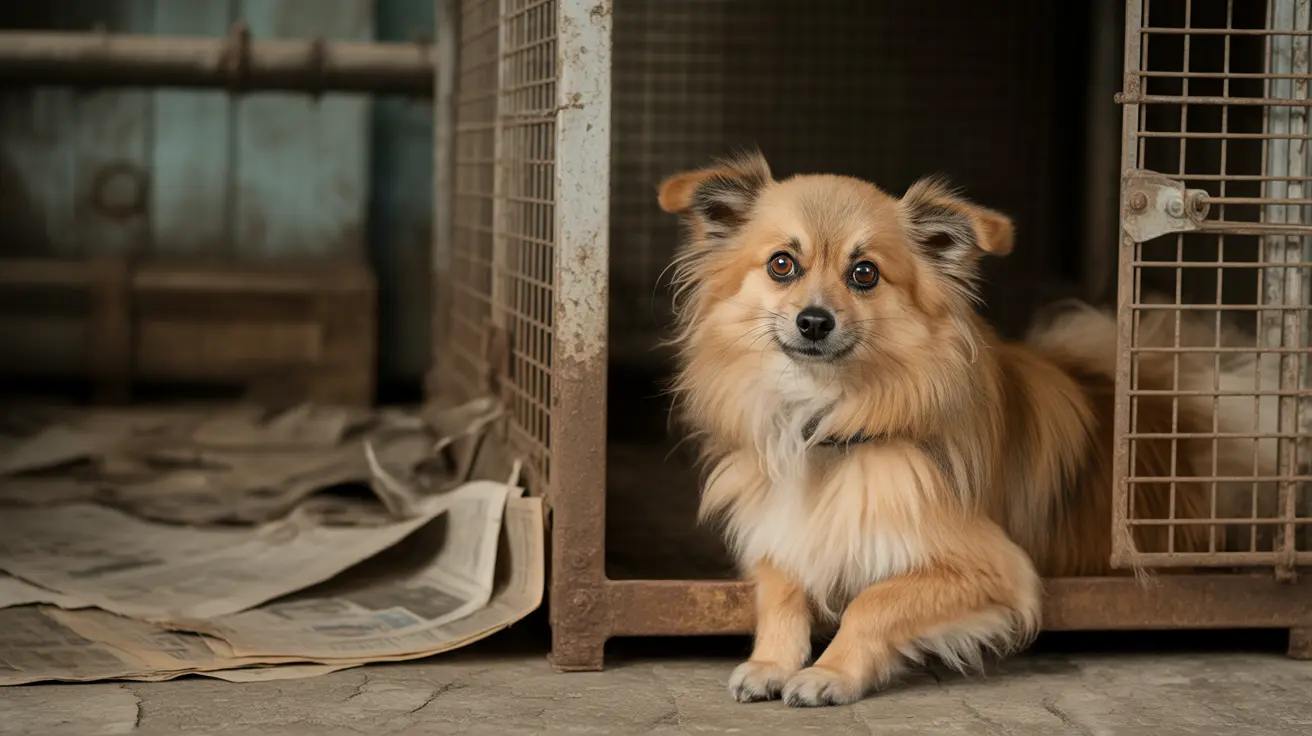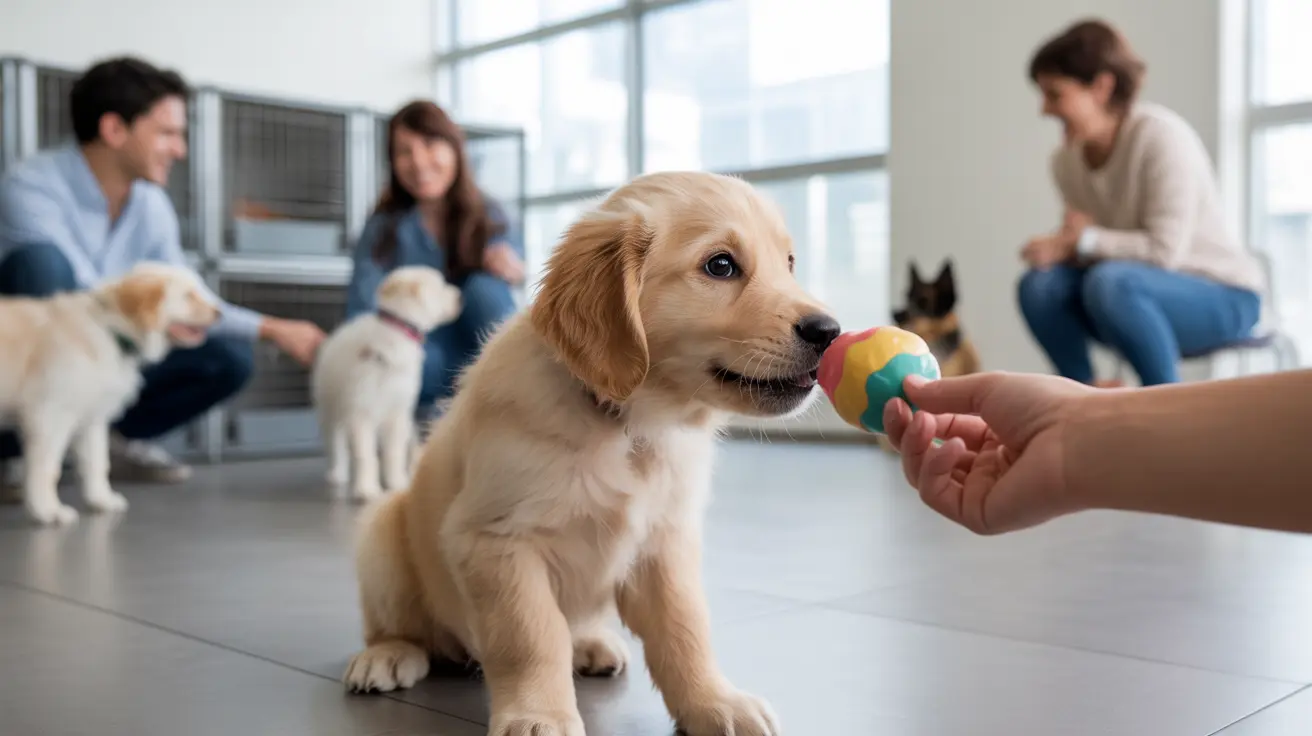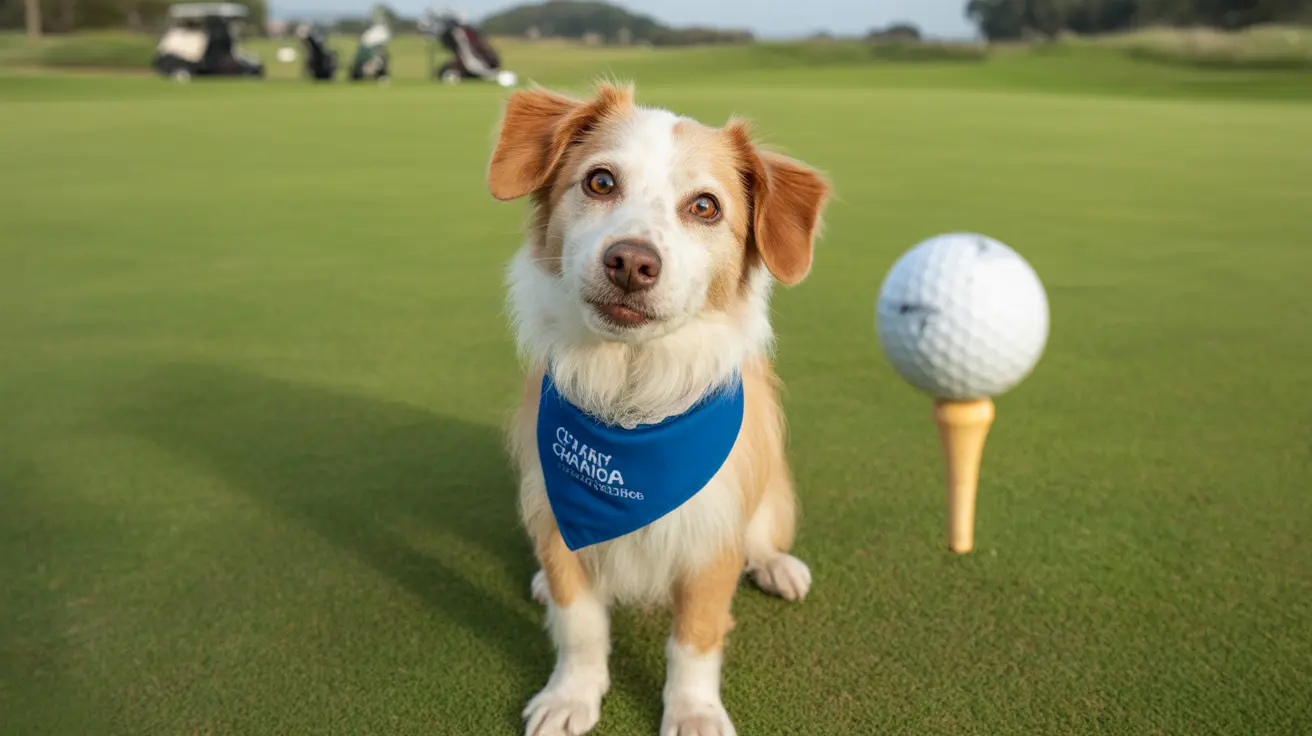Coyote Encounters While Walking Your Dog: What You Need to Know
Walking your dog is usually a relaxing and essential part of daily life for pet owners, but in some areas—especially those bordering wilderness or suburban green spaces—encounters with wildlife such as coyotes are becoming more common. One pressing concern among dog owners is: Will a coyote attack me while walking my dog?
Understanding Coyote Behavior
Coyotes are opportunistic feeders and generally tend to avoid direct encounters with humans. However, they may become bold, particularly if they're habituated to humans due to feeding or urban living. Coyotes may present a threat to your dog, especially smaller breeds, which they may see as prey or potential competition.
Factors That Increase Risk of Coyote Encounters
- Time of Day: Coyotes are most active around dawn and dusk.
- Geographic Location: Suburbs near wooded areas or parks often have higher coyote populations.
- Dog Size: Small dogs are at a greater risk of being attacked or taken by coyotes.
- Presence of Food: Carrying or leaving dog food in public spaces may attract wildlife.
- Mating or Pup Season: Coyotes are more territorial and aggressive during these periods (typically spring).
Warning Signs of Coyote Aggression
Although attacks are rare, it's vital to recognize signs of aggressive or predatory behavior in coyotes:
- Lingering too close: If a coyote doesn't flee, it's probably habituated to humans or interested in your dog.
- Stalking or following: This indicates potential predatory interest, particularly in smaller pets.
- Growling or baring teeth: Clear indication of territorial aggression.
Precautions You Can Take
- Keep Your Dog Leashed: Always use a short, non-retractable leash to give you better control in case of an encounter.
- Walk During Daylight: Avoid walking your dog during early morning or late evening.
- Carry Deterrents: Noise makers, whistles, or even pepper spray can discourage close encounters.
- Stay Alert: Be observant and avoid areas where coyote sightings are common.
- Avoid Food:** Never leave food or treats around during walks, which may attract coyotes.
What to Do if You Encounter a Coyote
If you find yourself face-to-face with a coyote during a walk, follow these steps:
- Don’t Run: Coyotes are fast and may chase if they perceive you as prey.
- Make Yourself Large: Wave your arms, stand tall, and make noise to scare them off.
- Pick Up Small Dogs: If your dog is small enough, hold them in your arms to reduce threat perception.
- Back Away Slowly: Maintain eye contact and retreat calmly without turning your back.
How to Coyote-Proof Your Neighborhood
Your community can work together to keep coyotes at bay:
- Secure Trash Cans: Ensure no food waste is accessible to wildlife.
- Fence Yards: Use high fences without gaps to prevent entry.
- Report Sightings: Inform local animal control or wildlife services about repeated sightings.
- Pet Supervision: Never leave pets unsupervised outdoors, especially at night.
When to Seek Veterinary or Medical Help
If your dog is attacked or bitten by a coyote, immediate veterinary care is essential. Coyotes may carry diseases such as rabies, distemper, or mange. Even seemingly minor wounds can cause serious infections. If you are injured, seek medical care and report the incident to local authorities.
Conclusion
While the likelihood of a coyote attacking you while walking your dog is low, being informed and prepared significantly reduces any risk. Your awareness and defensive measures can help you protect your pet and yourself, ensuring daily walks remain a safe and enjoyable routine.





